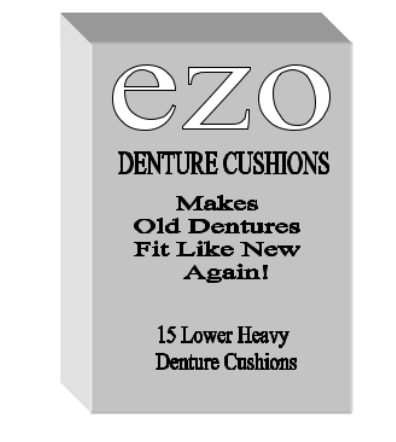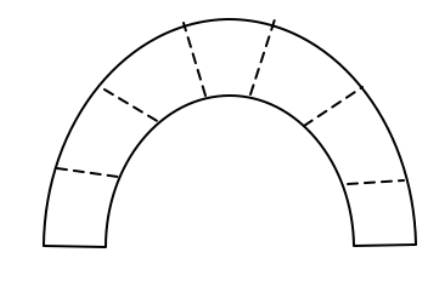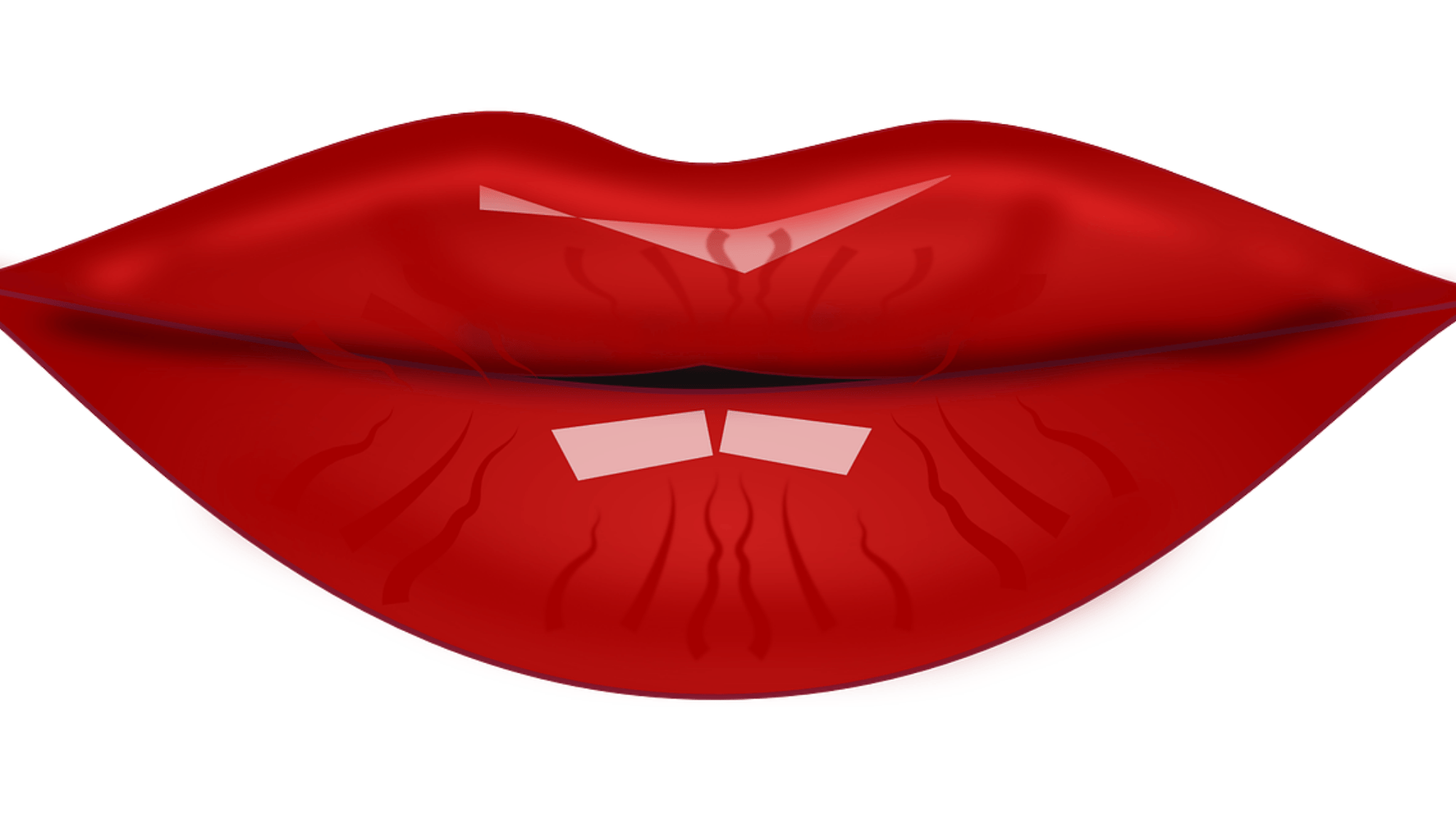Introduction
Saxophonists who have a rigorous practice schedule sometimes complain of a sore or sensitive lower lip. As a result, they may have to reduce their practice time or stop practicing altogether to allow the lip time to heal. If performers choose to practice with a sore lip due to an impending performance, frustration may occur due to the pain experienced while practicing or by impeded progress.
Soreness may occur in two different areas of the lower lip; the dry, outside portion that touches the reed when playing or the inside, wet portion that touches the lower teeth when playing. It is of extreme importance to determine the cause of lower lip soreness so a remedy can be discovered to alleviate the problem.
Soreness of the Outside Lower Lip
If soreness occurs on the top outside area of the lower lip, this is due to contact with the vibrating reed. The outside portion of the lower lip may become sore and actually begin to bleed due to contact with the reed if the saxophonist has an extensive practice schedule. If the performer is experiencing lip soreness in this outer area of the lower lip, patience is the answer. This type of soreness is usually associated with beginning level performers or with performers who have just started a more rigorous practice schedule.
To solve this problem, saxophonists should gradually increase their practice time allowing the lower lip time to adjust to longer contact to the vibrating reed. If the lip becomes sore or begins to bleed, practice should be halted allowing the lip time to heal.
The type of reed used may also be a factor in soreness of the outer lower lip. Reeds made entirely of synthetic materials or cane reeds that are plastic-coated for longer life may cause the lower lip to become sore more quickly than regular cane reeds. Also, reeds that have coarse cane fibers on the vamp may irritate the lower lip more than a reed that has a smoother finish. However, this coarseness can be easily corrected by lightly sanding the rough area using fine grade sandpaper until it is smooth.
In addition, the lower lip may become sore by practicing on a narrow metal mouthpiece, in which the reed is slightly wider that the mouthpiece rails. Since the reed is wider than the mouthpiece, the reed sides may cut into the lower lip causing bleeding and soreness. If this is the case, the sides of the reed can be lightly sanded making it narrower, alleviating the problem.
To adjust a reed that is too wide for the mouthpiece, the saxophonist should first make a mark on the two edges of the reed with a pencil. Then using fine grit sandpaper, sand each side of the reed just enough to remove the pencil mark, only about two or three strokes on each side. When sanding, place the sandpaper on a flat surface and sand the reed by lightly pushing the reed against the sandpaper in one direction. When the pencil line is gone, the reed should be the correct width. By performing this procedure on the sides of the reed, the lower lip will avoid being cut and as an added benefit, reed response will be increased. No matter what the exact cause of soreness is, over a short period of time the outer area of the lower lip will toughen up allowing the saxophonist to practice for extended periods without developing a sore lip.
Soreness of the Inside Lower Lip
If the lower lip is sore on the inside, smooth portion just above the lower teeth, the cause is due to pressure from the lower teeth. Even if this pressure is minimal, soreness may still occur as small indentions are made on the underside of the lower lip by contact from the lower teeth. This soreness can be very frustrating to the saxophonist due to the pain experienced when practicing, a loss of practice time as the lip is allowed to heal, impeded progress, and the lack of pure enjoyment when practicing and performing. In addition, if a chronic sore lip is severe and allowed to continue over a long period of time, permanent damage to the nerves of the lower lip may result.
Several factors that directly influence the amount of pressure exerted on the lower lip are breath support, embouchure formation, mouthpiece and reed selection, sharpness of lower teeth and braces. If a saxophonist is experiencing soreness and pain in this area of the lower lip, each of the four above factors should be examined first to determine if the cause of lower lip pain can be eliminated through adjustment in one of these areas and eventually remedy this problem.
Breath support is a very important aspect with regards to embouchure pressure. If performers do not provide enough breath support when playing, an excessive amount of jaw pressure might be used to compensate for the difference resulting in teeth marks on the lower lip. When playing, saxophonists should breathe using the diaphragm, pushing a consistent, fast-moving, concentrated flow of air to the mouthpiece. If this is done, any excessive pressure applied to the lower lip from the teeth will be eliminated.
Incorrect embouchure formation can also cause a sore lower lip due to inadequate support from the facial muscles located underneath the bottom lip. The most common embouchure problem is the collapse and bunching up of chin muscles under the lower lip. When the chin muscles are allowed to bunch up, too much lower lip comes into contact with the reed creating tone and response problems. In addition, the support needed to suspend the lower lip over the bottom teeth is absent which can result in teeth marks on the underside of the lip. Students who try to perform with an incorrect embouchure may experience poor tone, intonation problems, poor instrument response and many times a chronic, sore lower lip.
Another cause of a sore lip could be incorrect mouthpiece and reed selection. If a mouthpiece and reed combination require more embouchure strength than a saxophonist can give, the result will be excessive jaw pressure and teeth marks on the lower lip. To solve this problem, saxophonists should select a mouthpiece and reed that can be easily controlled and gradually move into larger mouthpiece tip openings or harder reeds.
Sharpness of Lower Teeth
The sharpness of the lower teeth has a direct effect on lower lip soreness and pain. For some saxophonists, even when using correct breath support, correct embouchure formation and the appropriate mouthpiece and reed are selected, teeth marks can still occur on the lower lip, especially if the lower teeth are sharp. Lower teeth can be very sharp for saxophonists who have an overbite in which the top teeth and lower teeth never touch at their tips. As a result, the lower teeth can remain very sharp because the chewing motion never dulls the tips. To solve this problem, some saxophonists elect to have their lower teeth filed by a dentist to make playing more comfortable. However, the dentist can only file so much off of the teeth to dull them and many times this is not enough to alleviate the problem.
Braces
Braces are also a major factor in lower lip soreness and pain. Many people must wear braces during their formative years of development, usually beginning in middle school and junior high school. This is also the same time that many musicians begin playing the saxophone. In addition to lower lip pain caused by contact with the lower teeth, braces can be a major source of frustration if they irritate the lower lip. Some dentists recommend the use wax on the braces to alleviate this problem but many times this is not effective. If this is the case, saxophonists must cope with this situation until the braces are removed.
A Cover for the Lower Teeth
Some saxophonists develop a chronic sore lip even though embouchure, breath support and other factors regarding performance are being performed correctly. Many of these saxophonists learn to cope with this issue by developing a tougher lower lip or by slightly adjusting the placement of the lower lip so the teeth contact a different spot of the lip each time they perform. For others, a different solution is needed. An excellent choice for those performers is to use a cover for the lower teeth.
What is a Cover?
The term “cover” refers to a dental device placed over the lower teeth that provides a cushion between the teeth and lower lip as the saxophone embouchure is formed. A cover creates a smooth contact point for the lower lip and teeth and eliminates teeth abrasions sometimes made on the lip even when the embouchure is formed correctly. By providing a more comfortable contact point for the lower lip and teeth, the cover increases practice productivity, lengthens practice time and most of all, allows the student to practice and perform without experiencing any pain in the lower lip.
Types of Covers
Covers can be made by individual performers, by their dentist or bought from a music store. Advantages of individuals making their own covers are they are much less expensive, they can be more conveniently adjusted to fit the saxophonist’s specific needs and if the cover is lost, the performer can quickly replace it.
Covers can be made out of a variety of materials depending on the saxophonist’s preferences and can be temporary or more permanent. Some performers simply fold a piece of paper or plastic over the lower teeth to reduce lower lip pain. However, this method is not recommended because paper or plastic is not a stable material and will last for only a short period of time.
Another problem with this method is the shape of the paper or plastic is not consistent from one practice session to another. The paper or plastic may not be folded exactly the same way from one practice session to another and these materials may not actually take the shape of the teeth as they are folded over them. This may allow for the cover to move during a performance and also makes it impossible for the cover to be placed on the lower teeth in a consistent manner. In addition, these materials will begin to deteriorate immediately after they are placed in the mouth. Therefore, the saxophonist is playing with a slightly different embouchure each practice session due to a lack of consistency.
Making a Temporary Wax/Fiber Cover for the Lower Teeth
A better choice for making covers is a wax and fiber material found in denture pads. Denture pads are originally designed to provide a snug fit between the gum and dentures. The wax and fiber material found in denture pads is flexible, will mold to the teeth and is stable enough to make excellent covers. EZO is a very common brand of denture pads and can be purchased inexpensively at many department or drug stores. They usually are sold with fifteen pads in a box and are made in different shapes (for upper or lower dentures) and thickness (light, medium or heavy gauges). Lower, heavy gauge is recommended.

The following is a step-by-step procedure for making a cover from an EZO denture pad.
(1) Take one denture pad and cut it into the approximate size and shape to cover the bottom four front teeth. Usually a small rectangle shape with rounded corners works best. (One denture pad will make between five and seven covers depending upon their size.)

(2) Fold the cover over the bottom teeth and gently press down and inward towards the teeth allowing the cover to conform. As the cover becomes warm from being placed in the mouth, it will become more flexible and take on the shape and size of the teeth. (Make sure that the cover does extend too far down on the teeth where it may touch and irritate the gums.)
- Once the cover is molded to the lower teeth, the saxophonist should play the instrument while adjusting the cover as it settles in. The cover may move slightly and may need to be centered again over the lower teeth. As playing continues, the tips of the lower teeth will make indentions into the wax, which will keep the cover from moving.
- The cover, when removed from the mouth, will harden into the shape of the lower teeth. This will allow the saxophonist at the next practice session to simple slip the cover over the teeth for a perfect fit. Although the cover when placed back into the mouth will become flexible again, if placed over the teeth, it will not loose its shape.
- As the saxophonist practices with the cover for only a short period of time, the cover will feel like a natural part of the embouchure.
Summary
Covers made from denture pads are easy to make and will last for several weeks to several months depending on the amount of practice and the amount of lower jaw pressure applied by the saxophonist when playing. Eventually, the lower teeth will wear through the cover and another one will have to be made. However, one box of denture pads could last several years.






